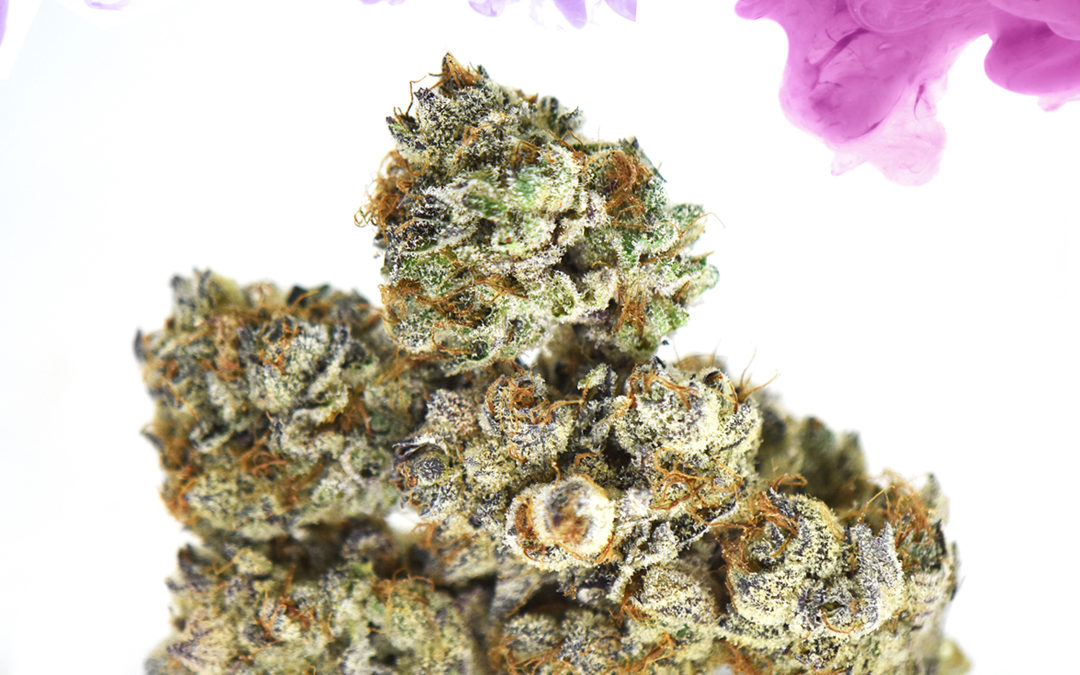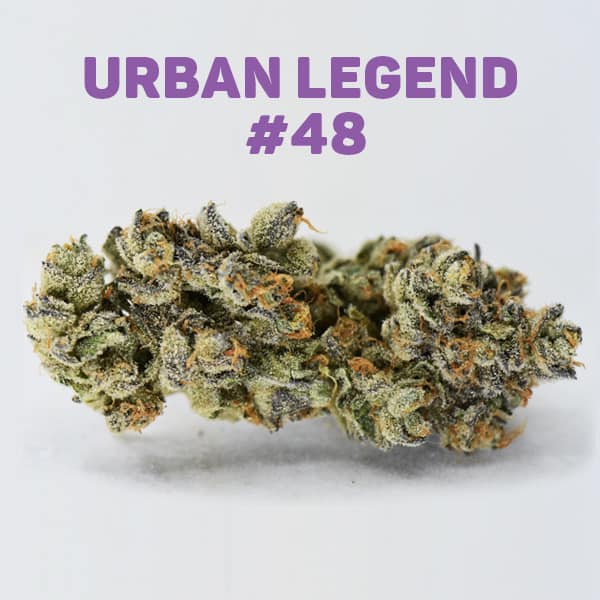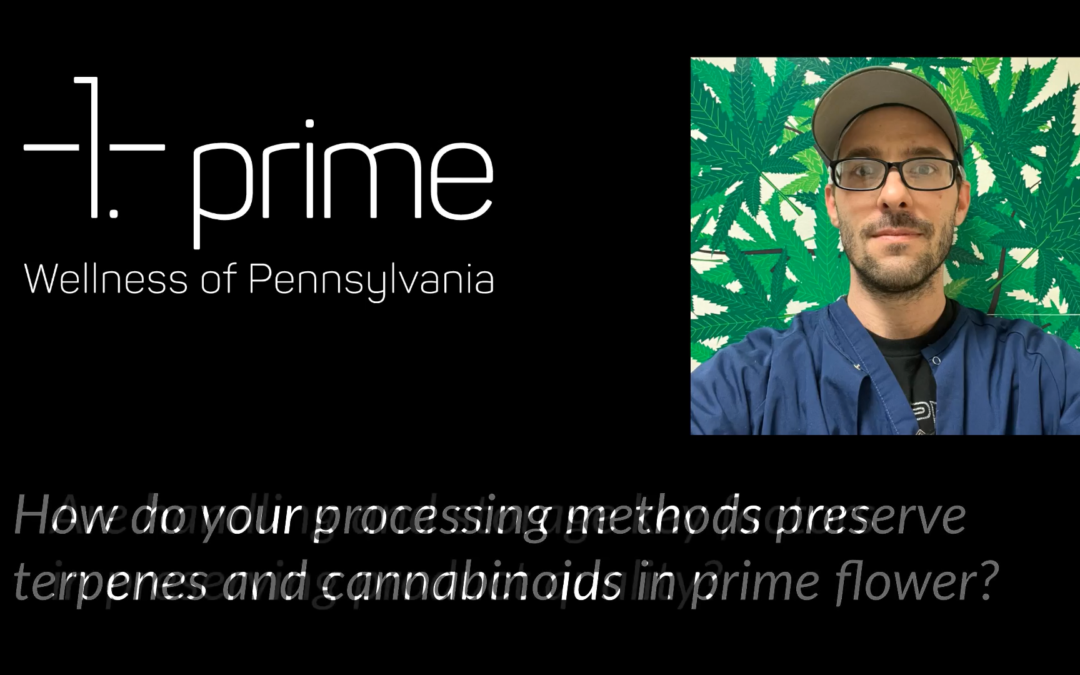For every batch of prime products we release to market, patients can trust that there is a wealth of care and attention behind every strain to ensure quality and consistency. Through our “Behind the Strains” newsletter series, patients can take an in-depth look at the expert combination of passion and science that fueled the creation of our most popular cultivars — outlining descriptive traits, terpenes, and lineage for each featured strain.
Today, we offer you a prime insider’s look at our team’s seed-to-sale process for handcrafting one of our patient-preferred plants— Purple Haze.
Planting the Seed: Purple Haze is a cross between cult classic Purple Linda genetics and the sativa Northern Lights Haze. Among the first plants cultivated in our prime line of products, Purple Haze started at our facility entirely from seed— nurtured with environmentally friendly biologicals that produced one of our first successful harvests in September 2018. Classic haze strains like this cultivar’s Northern Lights parent were bred to yield impressive THCa values. This characteristic rich cannabinoid content can be identified in its Purple Haze offspring, with our latest batch of flower clocking in at nearly 18% total THCa.
Taking Root: After numbering and planting each Purple Haze seed in soil, our expert team of cultivators embarked on a careful pheno hunt. Pheno hunting refers to the process of cultivating a host of seeds from the same genetic lineage with the intention of finding the best expression that strain has to offer— a meticulous effort that requires months, sometimes years, to home in on desired traits. During the cultivation process for Purple Haze, two distinctive phenotypes sparked our growers’ interest. Our cultivators identified the #44 (cotton candy pheno) and #19 (chocolate lemon drop pheno) plants as prime candidates for our premium lineup of hand-trimmed, whole flower. Dubbed our chocolate lemon drop pheno, the #19 expression packs citrusy sweet aromas that are accentuated by earthier notes of chocolate and gas. Patients may be more familiar with the #44 cotton candy pheno, well-regarded in the Pennsylvania medical marijuana community for its mouth-watering aromas of grape and lemon sugar.
Budding Medical Potential: The iconic fruity aromas in both Purple Haze expressions are due largely to the plant’s impressive ocimene content. A floral compound that makes up the essential oils of the medical marijuana plant, ocimene may potentially provide anti-inflammatory benefits for arthritis and related conditions. This strain also contains notable amounts of both A-Pinene and B-Pinene, woodsy-smelling terpenes that carry fresh aromas of forest trees. What’s the difference between these two forms of pinene? The “a” and “b” indicate differences in their molecular build— alpha and beta structures— but they share the same medical potential to alleviate inflammation.
This strain’s potential medical benefits and legendary characteristics can also be found in its offspring, including the newest prime-exclusive cultivar, Eulophia. A cross between Malawi ML and Purple Haze, this strain innovation from our grow rooms shares its name with a type of orchid that flourishes in Malawi in Africa, from where the genetics of its Malawi ML parent can be traced. Patients can experience the legacy of Purple Haze in Eulophia Beta Blend products, which are available on dispensary shelves now, including live resin cartridges and extracts.
Consult your dispensary pharmacist to learn more and determine whether these products might work for your unique medical needs.


